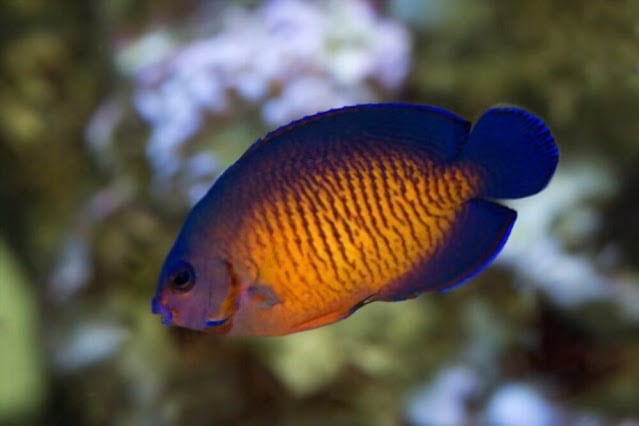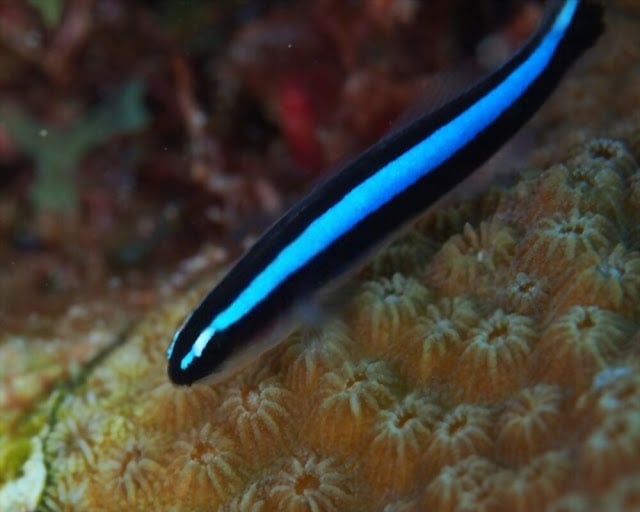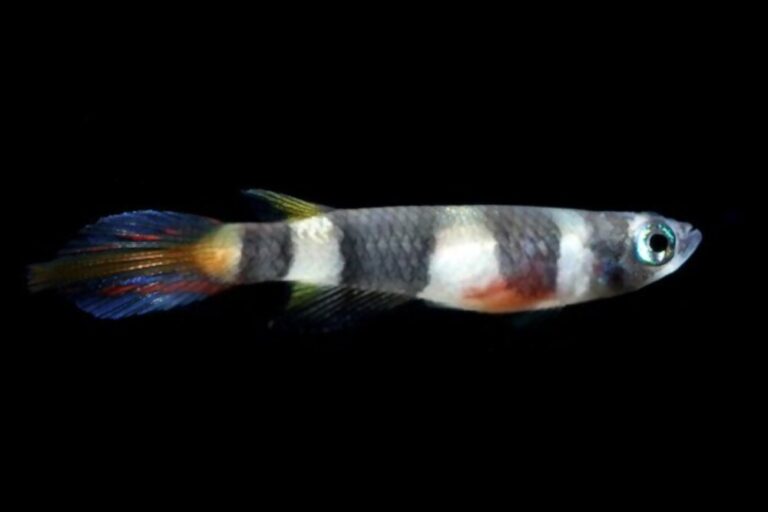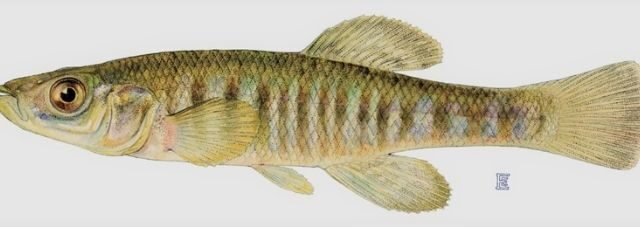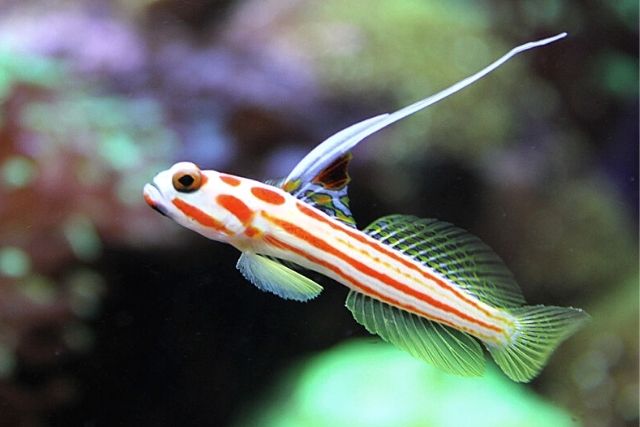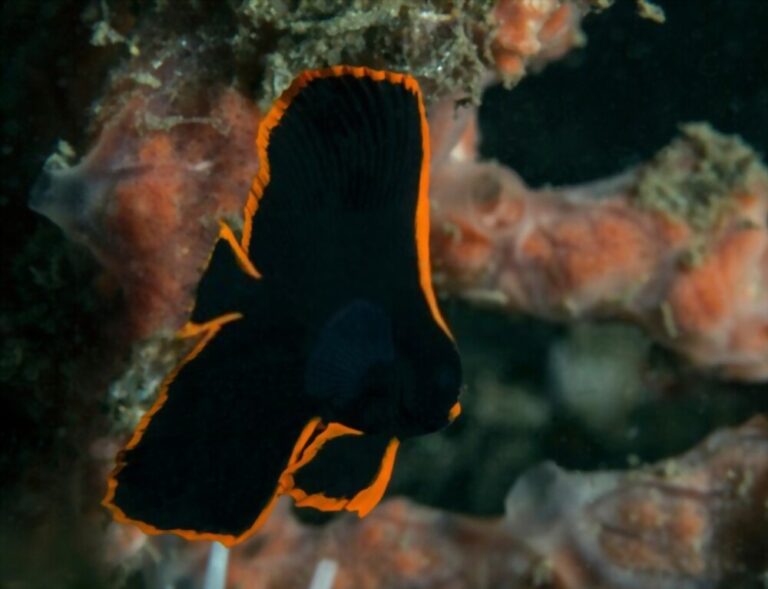Teacup Stingray Care: Size, Habitat, Feeding, Tank Size, & Tank Mates
Teacup stingray is a group of freshwater circular-shaped bottom dwellers native to and mainly centered in the tropical rivers of South America. It might be a new thing to many people reading this article that some stingrays also inhabit the freshwaters.
The teacup stingrays have now been in the aquarium hobby for quite a long time, and their popularity among enthusiasts is not coming slowly. These are not the fish for you if you are a beginner. Dealing with such unconventional fish becomes hard at times.
Therefore experienced aquarists having a fair amount of knowledge regarding the behavior and housekeeping of different timid, semi-aggressive, and aggressive fishes are only recommended to house these fantastic fish.
Teacup Stingray Size
Their main body is disc-shaped and circular, which is why we will have to measure their size for both the length and the width.
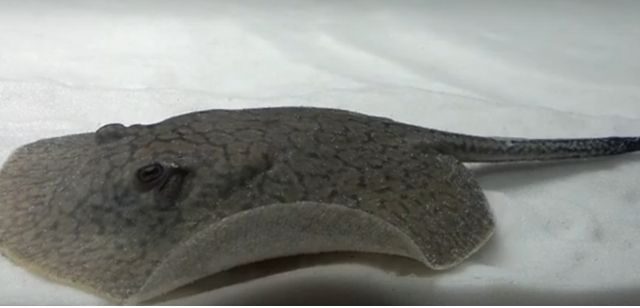
Their disc is 15 inches long and wide and their tail can reach up to 12 inches in length. So, measuring from the anterior point to the tail terminal, they are longer than 2 feet.
Appearance
The teacup stingrays are large flattened fish forming a circular disc-like appearance. Because of the disc-shaped morphology, their eyes sit superiorly on the body.
Their mouth and gills are located inferiorly on the side facing the bottom. But the special openings for respiration, which are called spiracles, are just behind their eyes.
As the name stingray suggests, they have venomous barbs at their tail-terminal. The venom of the sting is not fatal for humans, but it causes severe pain and irritation.
Teacup Stingray Lifespan
Their lifespan in the wild is not precisely known, and there is no provision of any accurate figures related to that either.
However, in captivity, they live up to an average of 5 to 6 years. If adequately cared for with all the conditions maintained optimally, they can also live for up to ten years.
Teacup Stingray Habitat
Teacup stingray, scientifically known as Photamotrygon reticulata, is a tropical fish of South American origin found mainly in the Amazon River basin and its tributaries.
It is a bottom dweller and is mostly seen lying on the sandy floor due to its flattened disc-like appearance.
Teacup Stingray Care
The teacup stingray fish require a very strict care regime to maintain water conditions because they are susceptible to toxins such as nitrates and ammonia. Keeping them optimally low is the best way to care for these stingrays.
They produce large amounts of wastes, which is why their tank needs regular water changes and effective biological filtration. 25% weekly water change is just slight, but some experts suggest it to be 50% instead.
The tank’s filtration system should be efficient and able to carry all three types of filtration to keep the water quality suitable for teacup stingray to thrive.
Water to be replaced must be treated with a water conditioner before adding it into the main tank.
We also recommend placing the water under the same roof as the same tank for a few hours so that its temperature gets under that of the main tank. Bulleted points below are some needed water conditions to be maintained necessarily.
- They are tropical and subtropical fish. Therefore they do best in a temperature range of 24 to 27 degrees Celsius.
- As far as the pH goes, they do well in slightly acidic and soft water, and they can be kept within a pH of 6-7.
- The carbonate hardness or total alkalinity of the stingray tank should be maintained in 18 ppm to 70 ppm.
Teacup Stingray Feeding & Diet
The teacup stingrays are carnivores, and they feed on many varieties of small and medium-size fishes in the wild.
How Often To Feed Fish & How Much? A Proper Fish Feeding Guide
They are also known to eat crustaceans. However, it might seem hard to feed newly acquired teacup stingray in the home aquarium as the fish’s acclimating process might take some time.
To remove the fish’s stress and get it eating, you may have to wait for some time. Once the fish gets acclimated, you can feed it with the blackworms at first.
You can also add in their menu the frozen bloodworms, earthworms, Mysis shrimp, brine shrimp, krill beef heart, and small feeder fish occasionally, like every twice or thrice a week.
Must include pellets in their diet as they are known to eat on them. They can also be taught hand-feeding over time.
The teacup stingray fish may suddenly stop eating or they never get acclimated enough to begin eating.
This may be because of the parasites that come with them when you bring them home from the store. So, always make sure that they are properly being fed in the store before you get them home.
Teacup Stingray Tank Size
The minimally suitable tank size for a fully grown teacup stingray fish is 125 gallons. Ideally, it should be more than 180 gallons for keeping them long term.
For small and juvenile stingrays, 75 to 90 gallons of tanks would be enough. The tank’s height doesn’t matter when it comes to the dimensions because these fish remain at the bottom buried in the sand substratum, waiting for their prey.
Other tank decorations aren’t necessary, but if you are going to use them, make sure to leave plenty of space at the bottom for the teacup stingrays.
Tank Mates
As far as the tank mates are concerned, they can be kept with other fishes requiring similar water conditions.
Teacup stingrays are peaceful community fish and won’t bother other fish in the tank unless they are too small to be considered food.
So, the tankmates must not be too small and must not be too aggressive to nip on the teacup stingray. Other rays, Geophagus species, silver dollars, arowanas, and bichirs are considered suitable to be their tank mates.
